Freshwater, M. F.
Journal of Plastic, Reconstructive & Aesthetic Surgery, 2012-01-01, Volúmen 65, Número 1, Pages 1-7
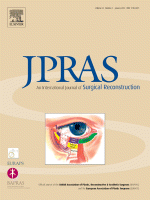
Carpue’s An Account of Two Successful Operations caused the rebirth of plastic surgery in 1816 over 200 years after the first plastic surgery book was written by Tagliacozzi. Tagliacozzi’s book was pirated with both authorized edition and unauthorized editions having been published in 1597. In his book, Carpue reviewed the literature including Tagliacozzi’s work. Carpue had Charles Turner, engraver-in-ordinary to the King prepare his books illustrations. Comparing Turner’s engraving with those in the original and pirated editions of Tagliacozzi’s book shows that Turner duplicated the pirated edition. The author discovered a pirated edition at St. Bartholomew’s Medical College Library in 1971 that was signed by Carpue and shows how by comparing the illustrations in it with those in Carpue’s book that this was the working copy used by Turner.
 La Cirugía Plástica y Caumatología de Cuba están de luto. Despedimos hoy a uno de los profesores que formó a varias generaciones de cirujanos plásticos, el Dr. Rafael Palmero. Muchos de sus alumnos aprendimos de él no sólo la teoría o las técnicas quirúrgicas, especialmente en la atención al quemado (una de sus pasiones) o cirugía reconstructiva, sino el compromiso con sus pacientes y educandos. Ampliar…
La Cirugía Plástica y Caumatología de Cuba están de luto. Despedimos hoy a uno de los profesores que formó a varias generaciones de cirujanos plásticos, el Dr. Rafael Palmero. Muchos de sus alumnos aprendimos de él no sólo la teoría o las técnicas quirúrgicas, especialmente en la atención al quemado (una de sus pasiones) o cirugía reconstructiva, sino el compromiso con sus pacientes y educandos. Ampliar…![]()

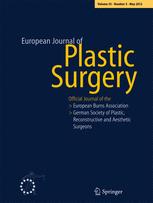 Abu Al-Qasim Khalaf ibn Abbas Al-Zahrawi (936–1013 CE, known to Europe as Albucasis) practised medicine and surgery in Córdova, the capital of Andalusia. He was a great mediaeval surgeon who influenced European surgery until the Renaissance. His magnum opus was an encyclopaedia of 30 treatises entitled Al-Tasreef. It encompassed the entire medical and surgical fields then known and it has been considered the first illustrated scientific text in history. Albucasis’ made significant contributions to plastic surgery. He stated that incisions be marked with ink preoperatively and advocated important principles of surgery: primary closure and debridement and closure and promoted the use of antiseptics in wounds.
Abu Al-Qasim Khalaf ibn Abbas Al-Zahrawi (936–1013 CE, known to Europe as Albucasis) practised medicine and surgery in Córdova, the capital of Andalusia. He was a great mediaeval surgeon who influenced European surgery until the Renaissance. His magnum opus was an encyclopaedia of 30 treatises entitled Al-Tasreef. It encompassed the entire medical and surgical fields then known and it has been considered the first illustrated scientific text in history. Albucasis’ made significant contributions to plastic surgery. He stated that incisions be marked with ink preoperatively and advocated important principles of surgery: primary closure and debridement and closure and promoted the use of antiseptics in wounds.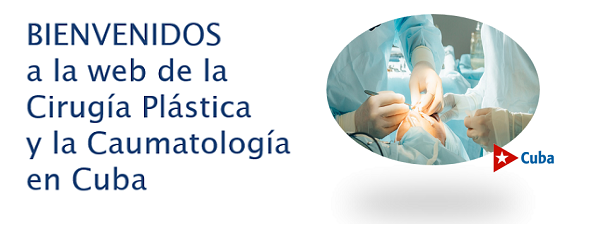
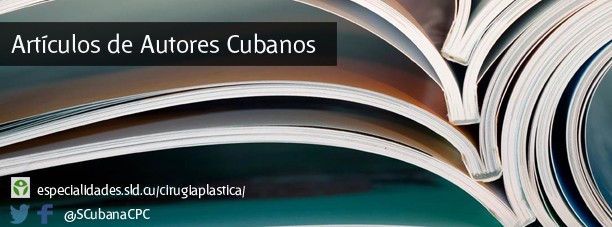
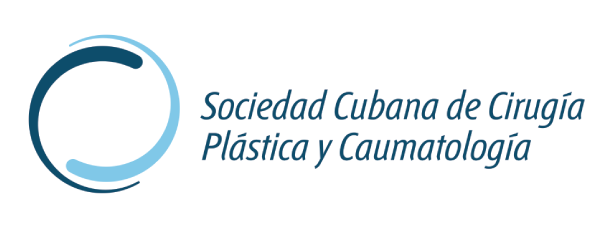
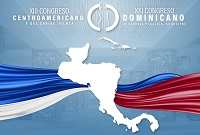
 Sitio web publicado el
Sitio web publicado el
Los lectores comentan